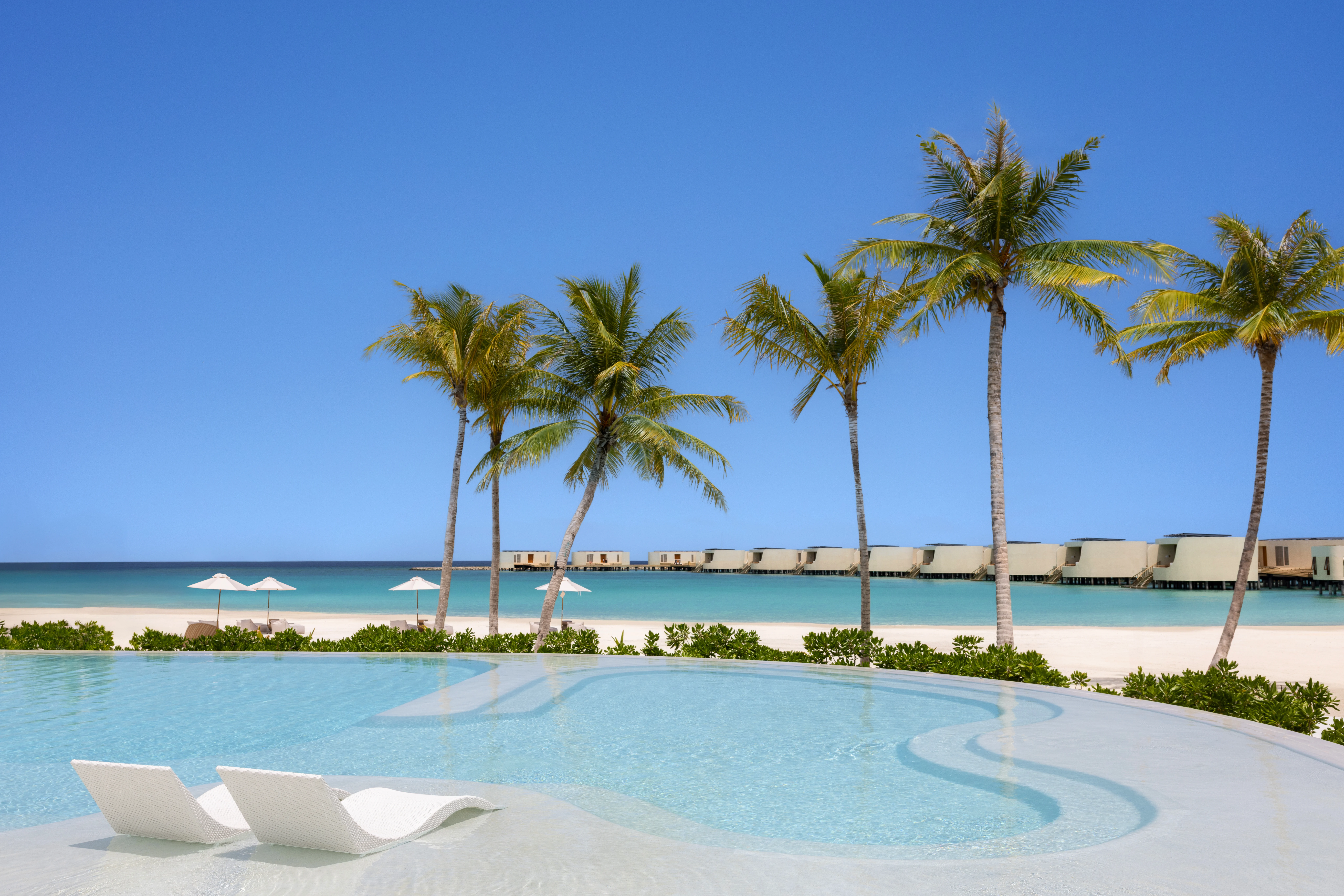
UNESCO has officially added 26 new sites to its World Heritage List for 2025, recognising locations of exceptional cultural, natural, and mixed significance. The newly inscribed properties include 21 cultural, 4 natural, and 1 mixed site, representing a broad range of narratives—from architectural splendour and sacred Indigenous routes to sites of ecological importance and painful collective memory.
The designations were confirmed during the 47th session of the World Heritage Committee, taking place in Paris from 6 to 17 July 2025. This year’s list reflects a deliberate shift towards a more inclusive and nuanced understanding of heritage—one that honours not just beauty and antiquity, but also trauma, resilience, and biodiversity.
Germany’s fairytale castles earn long-awaited recognition
One of the most high-profile additions is Germany’s ensemble of 19th-century royal castles built by King Ludwig II. Neuschwanstein, Herrenchiemsee, Linderhof and Schachen Castle have long been tourist magnets, admired for their ornate architecture and whimsical design. Neuschwanstein, in particular, inspired Disney’s emblematic castle and remains one of the most photographed landmarks in Europe.
With UNESCO recognition, these castles now join the global register of cultural icons, reinforcing their importance not only as aesthetic masterpieces but as historical symbols of romanticism and nationalism in post-Napoleonic Europe.
Cambodia’s genocide sites become places of global memory
In a move that underscores UNESCO’s evolving approach to heritage, three former Khmer Rouge sites—Tuol Sleng Genocide Museum, Choeung Ek killing fields, and M‑13 prison—have been inscribed under the collective title “Cambodian Memorial Sites: From centres of repression to places of peace and reflection.”
The decision marks the first time sites associated with Southeast Asia’s genocide era have been included in the World Heritage List. Cambodia welcomed the announcement with national ceremonies, reframing these once-feared places as essential components of remembrance and healing.
India’s Maratha forts rise to global prominence
India’s nomination of the “Maratha Military Landscapes” was also approved, recognising twelve historic hill forts across Maharashtra and Tamil Nadu. These fortifications were crucial to the Maratha Empire’s defence and administrative systems between the 17th and 19th centuries and remain emblematic of regional resistance to colonial power.
The listing was met with pride in India, particularly in Maharashtra, but also prompted concern from some local communities fearing restrictions or displacement near the protected zones.
A diverse slate of cultural sites added
This year’s cultural inscriptions span five continents and include sacred landscapes, archaeological sites, colonial histories and prehistoric art. The full list of new cultural sites includes:
- Cambodian Memorial Sites (Cambodia) – Genocide-era sites now recognised for remembrance and peace.
- Maratha Military Landscapes (India) – Twelve forts exemplifying indigenous military architecture.
- Royal Palaces of Ludwig II (Germany) – Castles that epitomise 19th-century European romanticism.
- Xixia Imperial Tombs (China) – Mausoleums of the Western Xia dynasty in Ningxia.
- Megaliths of Carnac and Morbihan (France) – Prehistoric standing stones and alignments.
- Sardis and Lydian Tumuli (Turkey) – Archaeological remains of the Lydian capital and royal tombs.
- Khorramabad Valley (Iran) – Prehistoric and protohistoric sites in western Iran.
- Wixárika Route to Wirikuta (Mexico) – Sacred pilgrimage route of the Wixárika Indigenous people.
- Petroglyphs of Bangucheon Stream (Republic of Korea) – Rock art dating back over 7,000 years.
- Colonial Transisthmian Route (Panama) – A historic path linking the Caribbean and Pacific coasts.
- Port Royal Archaeological Ensemble (Jamaica) – Remains of a sunken colonial city.
- Diy‑Gid‑Biy Cultural Landscape (Cameroon) – Terraced settlements and ritual sites in the Mandara Mountains.
- Forest Research Institute (Malaysia) – A colonial-era forestry campus and conservation area.
- Faya Paleolandscape (Chad) – A desert site showing early human adaptation.
- Shulgan-Tash Cave (Russian Federation) – Cave featuring Paleolithic rock paintings and ancient rituals.
- Mount Mulanje Cultural Landscape (Malawi) – Afro-montane area with spiritual and environmental significance.
Natural and mixed sites reinforce environmental heritage
In addition to cultural landmarks, the committee recognised four new natural sites and one mixed site for their outstanding ecological, geological, and cultural importance.
New Natural Sites:
- Murujuga/Burrup Peninsula (Australia) – A major Aboriginal rock art region with thousands of engravings.
- Peruaçu River Canyon (Brazil) – A biodiversity-rich canyon system with ancient cave art.
- Møns Klint (Denmark) – Dramatic white chalk cliffs formed during the Ice Age.
- Bijagós Archipelago (Guinea-Bissau) – A coastal and marine ecosystem vital for endangered species.
Mixed Site:
- Mount Kumgang (Democratic People’s Republic of Korea) – A sacred mountain with cultural and natural significance.
With the 2025 additions, the World Heritage List now includes 1,249 properties in 171 countries, comprising 982 cultural, 226 natural, and 41 mixed sites. The selections reflect UNESCO’s growing commitment to inclusivity—recognising not only architectural and archaeological wonders, but also living traditions, spiritual landscapes, and difficult histories.




















